Nikon 18-200mm f/3.5-5.6G ED-IF AF-S VR DX Zoom-Nikkor
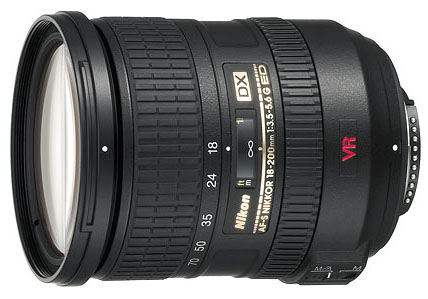 I'd get one
here if I had to buy one again.
I'd get one
here if I had to buy one again.
Introduction
This lens is very popular and discussed all over in magazines and online. Some people feel it is THE Nikon lens of the decade and should be the first, if not the ONLY, lens you will ever need.
One popular photographer's website describes this lens as, "life changing" and "it's a miracle."
I couldn't disagree more, yet I owned one and tried to use it frequently. Read on for why it can sometimes work for me.
This lens is very expensive, very slow, and has tons of complex distortion issues along with focusing problems. I used to spend time planning how I wouldn't use this lens so I could sell it off, but now that the Nikon D300 is out (and the DxO software has gotten better) I find that many of the optical issues with this lens can be overcome, but that doesn't mean that the lens itself is really any better. And, I still sold off the lens.
For me, I need high quality images with each thing I shoot, and this lens is more for a walk-around vacation shooter who is more concerned with not having to change lenses and is willing to sacrifice some quality, or they don't notice the sacrifice at all.
Specifications
This lens, comprised of 16 elements in 12 groups, and is SLLOOOWWW. Nikon would like you to think that doesn't matter because the lens has VR. As you will see, it does matter. VR doesn't fix anything.
It takes 72mm filters, which is not a typical professional-lens filter size.
Maximum aperture: f/3.5 (at 18mm) to f/5.6 (at 200mm)
Minimum aperture: f/22 (at 18mm) to f/36 (at 200mm)
Bokeh is poor. The out-of-focus things have sharp edges and are distracting. Do not use this lens for portraits or artistic things.
There is also ample vignetting (light falloff) until you go beyond f/8 (there is an example of this at the bottom).
Autofocus (AF) is fast, but very inaccurate on any camera I've ever used, except my D300. It was so weird that for a while I thought my D80 and D200 bodies were messed up and focusing incorrectly. I thought, "How could my new expensive super lens be wrong?" Well, I setup a tripod and ran though several lenses focusing on text in a magazine and guess what: it was the lens.
Here are the test results if anyone is interested. Notice how soft the 18-200mm is in the cropped versions at the end.
Performance - Handling
There are three sliding switches on the side of the lens. I haven't been able to use them without looking at them so I find them to be rather awkward at best.
Worse than that is that the zoom "creeps." Meaning, if you turn the zoom to say 100mm and then angle the camera at anything other than perfectly level, the zoom will zoom in or out depending on if you angle it up or down (respectively). That's terrible!
No one likes a super stiff lens that wears your hand out in one zoom, but this creep. is ridiculous and it gets worse if you have the lens hood or some filters on the end of the lens.
Performance - Vibration Reduction
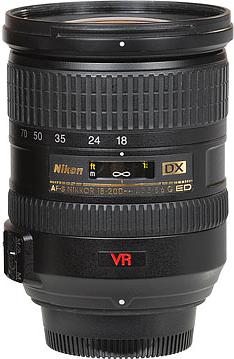
First, a note about Vibration Reduction, or "VR."
This technology is supposed to help eliminate the need for a tripod or monopod when you take a photo. It uses a complex system of gyroscopes and gimbals to move the glass around inside the lens to compensate for your hand moving (or you being on a moving object such as a boat). This technology works very well to keep a decent "locked on" view of a location.
This VR is slow to kick in, meaning for a "grab shot" you won't have VR helping you. You have to zero-in on your target, compose your shot, hold it, wait for the VR to get settled in, and then take the shot. You have to be like a sniper watching a fixed target. It also saps some battery power. Not much, but something to think about if you're going for a long day's worth of shooting.
But what if your "target," or in photography your "subject," is moving? Well, VR won't help you much. It will help you get a great shot of a well focused and steady background with your subject blurred in front of it. Not too neat if you ask me.
True, this is the same result as shooting with a tripod in this case, but either way this isn't what I want so why pay extra for it?
If you take lots of pictures of still objects from very far way: hey, this is the lens for you. But, if you take photos of people, cars, airplanes, weddings, pets, birds, anything "fun" then this lens isn't going to help you as much as having a faster lens or a camera that can render higher ISO better.
Yes, this lens can improve your keeper ratio when shooting landscapes at small apertures. I usually fire a burst of three frames and later have to maybe toss out one due to hand shake. Now I might not have to do that quite as often - maybe one in 7 or 10. Not a big improvement as I still shoot just as many frames.
Performance - Distortion
This lens produces terrible optical artifacts such as fringing (lateral chromatic aberration) and ghosts (spots of light caused by light bouncing around inside the lens)!
The same website that describes this lens as "life changing" has a chart listing the distortion which goes all over the chart. Up and down as you zoom in and out. It is inconsistent. Even at the only point of zero distortion (24mm @ infinity) he says that "waviness remains."
That's something I'd expect from a cheap no-name-brand lens, but not something from Nikon and not something costing hundreds of dollars.
There is hope, however. Many of these complex distortions have been worked out by the good folks at DxO Labs and their software (again, another $100+) can correct them most of the time for most cameras. Also, the new Nikon D300 has built in fancy software that can usually correct these distortions as well.
Performance - Speed
Have I mentioned that this lens is ssssssllllowww?
To use this lens anywhere but on a very bright and sunny day is asking for trouble: blurred images, high ISO noise, and just lots of annoyance.
But, there is hope. If you are going to be using a flash and therefore can ensure ample light, then there is a use for this lens.
Lots of times a flash isn't practical, and using a good non-built-in flash* adds more weight and cost to your setup, but when it is practical then this lens works well because the zoom range that it covers gives you a lot of flexibility.
* - Because of the physical length of the lens if you use the built-in flash you will get a shadow on the bottom of all of your photos if you shoot under 24mm.
If my 80-200mm f/2.8 AF-D is my favorite in a church at a wedding, then this lens was a favorite at the reception. Wedding receptions are usually fine places to use a flash and this zoom range is perfect to go from group shots to candids of people across the room.
But, a flash won't get around the distortion problems, so either put this lens on a D300 or invest in DxO software. Best case is to do what I did: use both.
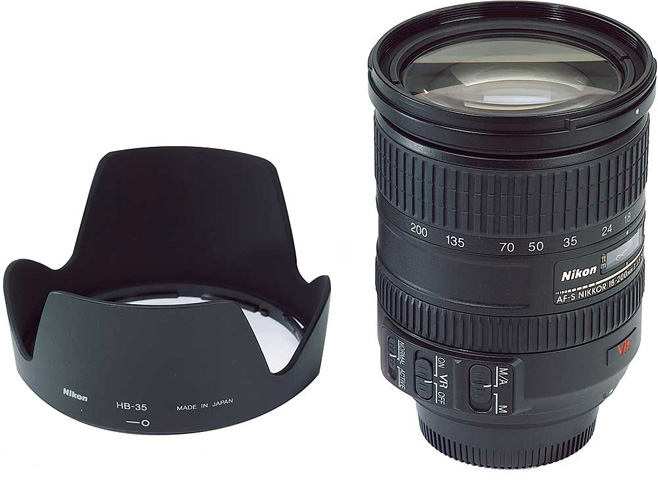
Nikon AF-S Zoom-Nikkor D 18 - 200 mm f/3.5 - 5.6G DX ED IF VR
With HB-35 Pedal-Shaped Lens Hood
Overall
If you disregard the price, and the optical issues, and the speed, this lens covers a nice broad range of focal lengths making it very desirable as your one-and-only lens. I admit, when I'm dashing out and I don't know what I'm going to be covering, I think of this lens. This is also the lens that I left on a D300 when I put it away so that if I'm in a hurry (like to snap shots of aliens landing out front) then I know I've got a lot of the zoom-range covered when I pick up the camera next time.
This lens is often bundled with many camera bodies and offered as a package deal getting you a decent lens to start out.
But, if you are serious about photography or are thinking of "upgrading" to this lens, please think long and hard about the trade-offs you get for the convenience of a broad zoom range. You may soon be upgrading away from this lens and wouldn't it be better (surely cheaper) to just skip this step and go right to the good stuff?
Since this lens has been on the street a few years several other lens makers have started coming out with competing lenses in the same zoom range and offering VR as well. I have not had the opportunity to test any of these lenses so I don't know if they are a step up or at least the same quality for cheaper. I suppose they are limited by the same laws of physics and light bending and shaping as the rest of the universe so I would suspect they experience many of the same issues here.
Alternatives
If you're going to use it like I suggest with a flash, then the 18-135mm is just as good since you really don't tend to zoom out that far if shooting indoors with a flash and VR doesn't matter if you can pump out a lot of light from a flash and "freeze" the action that way. I found that at weddings I skipped the 18-200mm and went for the 18-135mm as it was lighter and I didn't need that much zoom at a reception where I was shooting with flash anyway.
If you don't have a fancy D300 (which can often correct the optical issues with the 18-200VR) or you don't have the money or the time to invest in DxO Optics Pro and letting it post-process each image file for 5 minutes, then the 18-135mm makes a lot sense as well since it still covers a relatively long range of popular zoom lengths. Personally, I think a well-shot image at 135mm and cropped to produce the same final image is preferable to an as-shot file from an 18-200VR full of nasty distortion.
If you won't be shooting that long, then you have the 18-55mm range to consider. There is the 18-55mm kit lens, which is lite, cheap, and easily available, but (like on the page of that lens itself) I argue for the 17-55mm professional lens since that is a much better investment for a DX camera. Either way, it is probably a better option than the 18-200: the first one (18-55mm) is a lot nicer to your wallet, and the second one (17-55mm) just makes better photos.
If you're thinking about using this lens to shoot far away things and will live at or beyond the 135mm mark, then the 18-135mm lens won't cut it. But, the fantastic 80-200mm f/2.8 is a perfect choice since it is a full two stops faster than the 18-200mm VR.
If you're a savvy shopper and are patient to find good eBay deals, you could land yourself both an 18-135mm and an 80-200mm f/2.8 for not too much more than a new 18-200VR would cost you. With that combo you'd be set for almost anything - a moderate zoom for close to midrange and a dedicated pro-zoom to handle all of your midrange to long zoom needs.
Examples
Following are some sample photos to demonstrate the issues with this lens and some general uses which will likely yield poor results. If you shoot things like these, then this lens may NOT be a good one to think about adding to your camera bag.
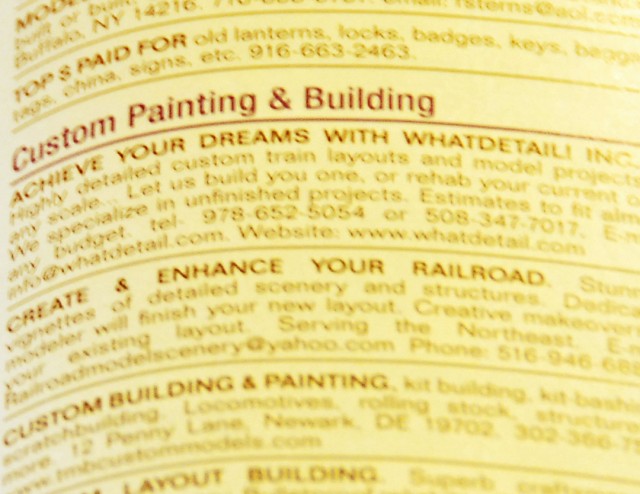
Look at that poor soft focus: yuck!
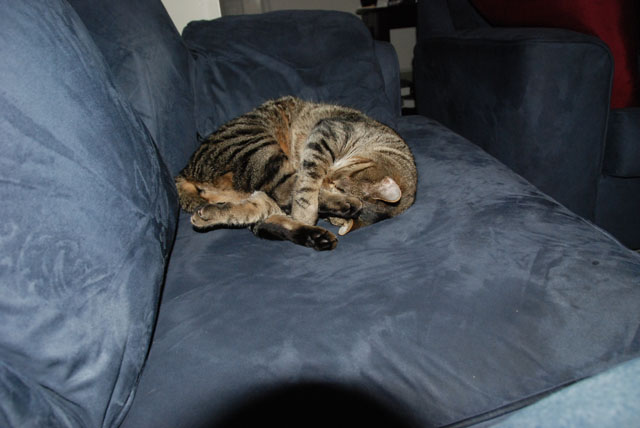
You can't use the on-camera flash, or this will happen to you. I don't mean you'll turn into a cute cat and sleep on a comfy sofa, I mean you'll get a big nasty shadow that you'll have to crop off of your photos if you shoot this wide.
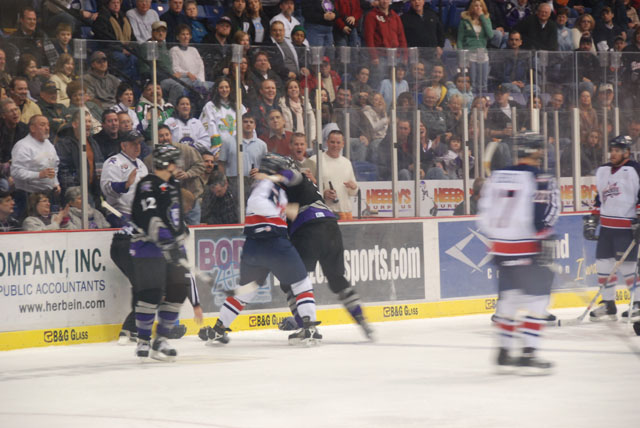
The background is fine, but the moving things, the fighting hockey players, are blurred because the lens is too slow. Had I shot this with the great 80-200 f/2.8 then things would have been a lot nicer.

Notice the vignetting (darker corners) in this shot done with a D40? It is a cute bunny, and I thank my friend Debbie Bojo for suppling this photo.